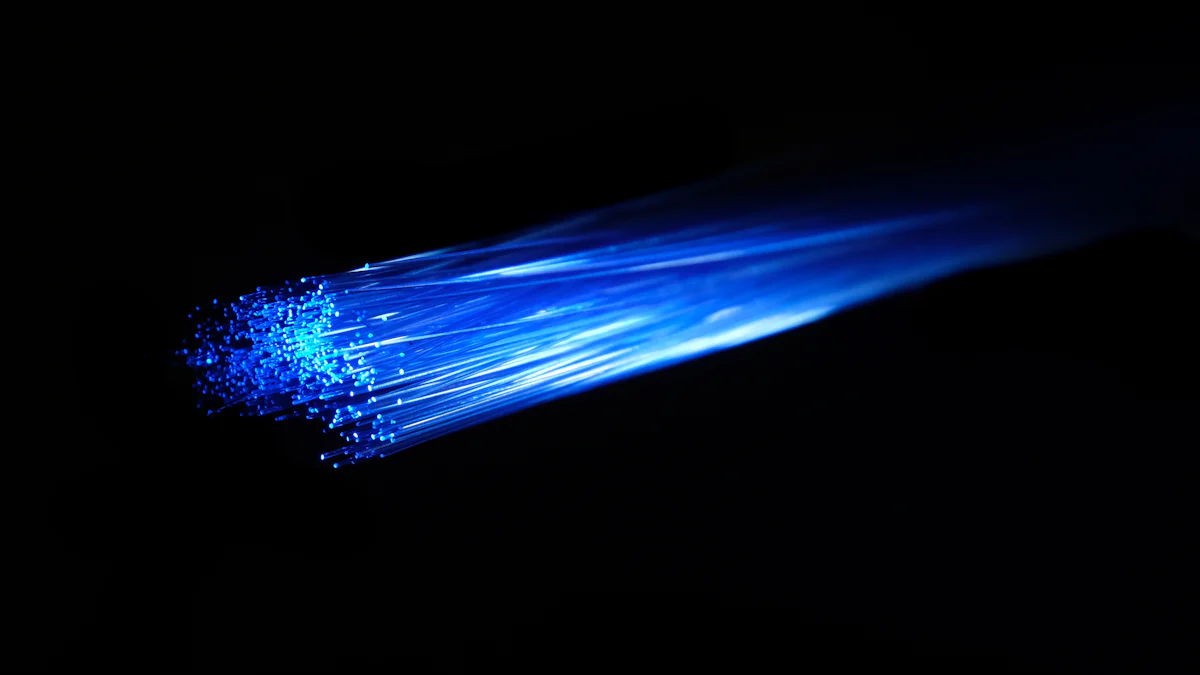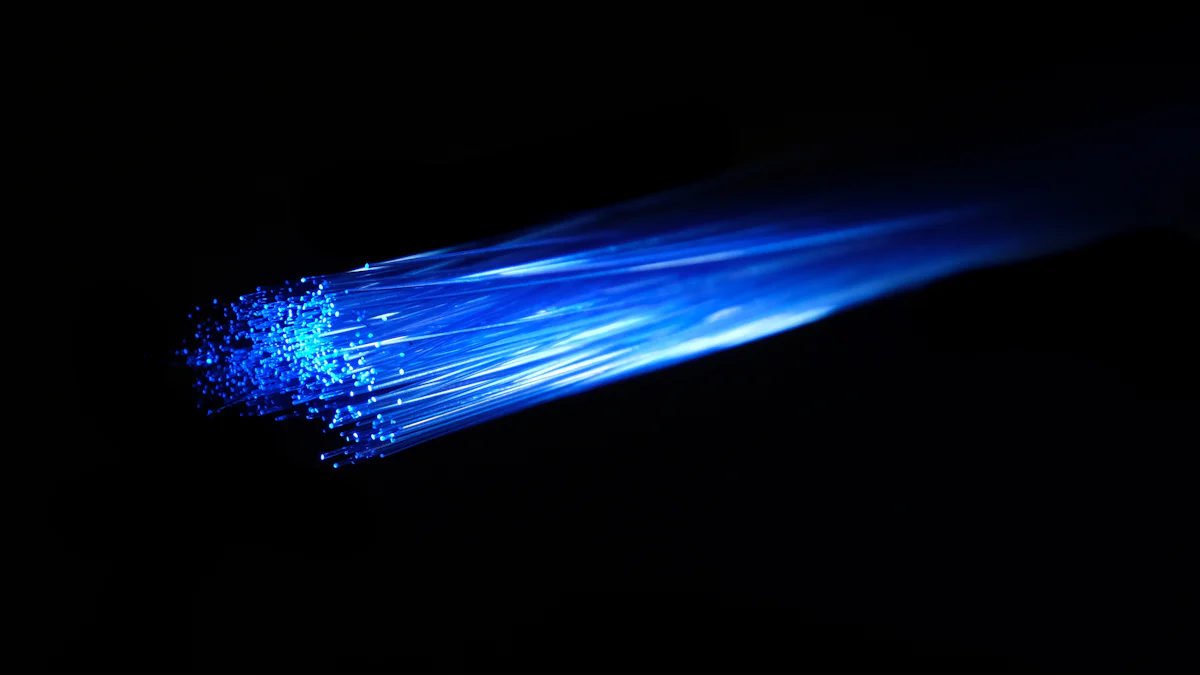Unveiling the Core: Single-mode Fiber's Crucial Diameter

Single-mode fiber is a specialized optical fiber designed for high-performance data transmission. The core diameter of these fibers plays a pivotal role in determining their efficiency. This blog delves into the significance of core diameter in optimizing single-mode fiber performance, focusing on how even slight variations impact data transmission capabilities.
Importance of Core Diameter

Definition and Measurement
The Core Diameter Specifications of single-mode fiber are meticulously defined to ensure optimal data transmission capabilities. Engineers carefully consider the diameter of the core, typically ranging from 8 to 10 microns, as it directly influences the efficiency of light propagation within the fiber. Precise measurements are crucial in guaranteeing that the core diameter meets industry standards for high-performance communication networks.
When it comes to Measurement Techniques, advanced methods are employed to assess the core diameter accurately. Cutting-edge technologies allow for precise measurements, ensuring that each fiber optic cable meets the stringent requirements for data transmission efficiency. By utilizing innovative techniques, engineers can verify that the core diameter aligns with specifications, ultimately enhancing the performance of single-mode fiber optics.
Impact on Performance
The Data Transmission Efficiency of single-mode fiber is intricately linked to its core diameter. A smaller core diameter enables a more focused beam of light, significantly reducing light dispersion and maximizing data transmission rates. Engineers prioritize maintaining an optimal core diameter to enhance the overall efficiency and reliability of data transmission systems.
In terms of Long-distance Communication, the core diameter plays a critical role in minimizing signal loss over extended distances. Single-mode fiber with a smaller core diameter exhibits lower attenuation rates, making it ideal for long-distance communication applications. By carefully considering the impact of core diameter on performance, engineers can design robust communication networks capable of transmitting data across vast distances.
Technical Aspects
Design and Structure
In Single-mode fiber optics, the Core and Cladding are meticulously engineered components that define the fiber's performance. The Core diameter directly influences how light propagates through the fiber, impacting data transmission efficiency. Engineers carefully select materials for the Material Composition to optimize the core's properties, ensuring high-speed data transfer capabilities.
Light Propagation
Understanding Single-mode Fiber Characteristics is essential for maximizing performance. The core's small diameter allows for precise light transmission, enabling high-bandwidth communication over long distances. By Minimizing Light Dispersion, engineers ensure that data signals remain intact and travel efficiently through the fiber optic cable network.
Applications and Future Developments

Current Applications
In the realm of Single-mode fiber, Telecommunications stands out as a primary domain where the technology's capabilities shine. The utilization of Single-mode fiber in telecommunications networks ensures high-speed data transmission over long distances, catering to the ever-growing demand for seamless connectivity. By implementing Single-mode fiber in telecommunication infrastructures, companies can enhance their network performance and reliability, meeting the needs of modern communication systems.
Within Data Centers, the adoption of Single-mode fiber has revolutionized data management and processing capabilities. The use of this advanced optical fiber technology enables rapid data transfer rates within data centers, facilitating efficient information flow across servers and storage systems. As data centers continue to evolve to meet escalating digital demands, Single-mode fiber remains a cornerstone technology for ensuring optimal connectivity and operational efficiency.
Future Trends
Looking ahead, the future of Single-mode fiber technology is poised for remarkable advancements that will shape various industries. The ongoing research and development efforts in Advancements in Fiber Optics are driving innovations in core diameter optimization, enhancing data transmission speeds and network performance. These advancements pave the way for next-generation communication networks that offer unparalleled speed and reliability, meeting the evolving needs of diverse sectors.
Amidst these developments, potential breakthroughs and Innovations are on the horizon, promising novel applications and enhanced functionalities for Single-mode fiber technology. From increased bandwidth capacities to improved signal integrity, these innovations hold the key to unlocking new possibilities in fields such as telemedicine, autonomous vehicles, and smart infrastructure. As researchers push the boundaries of optical communication technologies, exciting prospects emerge for leveraging Single-mode fiber in groundbreaking ways.
In Single-mode fiber technology, the core diameter stands as a critical factor influencing data transmission efficiency and network performance. By optimizing the core diameter, engineers ensure precise light propagation and minimal signal loss over extended distances. The technical aspects of Single-mode fiber, including core composition and light propagation characteristics, underscore the importance of maintaining an optimal core size for seamless communication. Looking ahead, ongoing advancements in fiber optics promise enhanced data speeds and innovative applications across various industries.
See Also
Options for Various Core Diameters in Single Mode Fiber Optic Patch Cables
Single Mode Transmission Offered by Fiber Optic Cables
Contrasts Between Single-Mode Fiber and Multimode Fiber Optic Cables
Nylon Cable Application Guide for FTTR in Fiber Optic Communication Mastery


